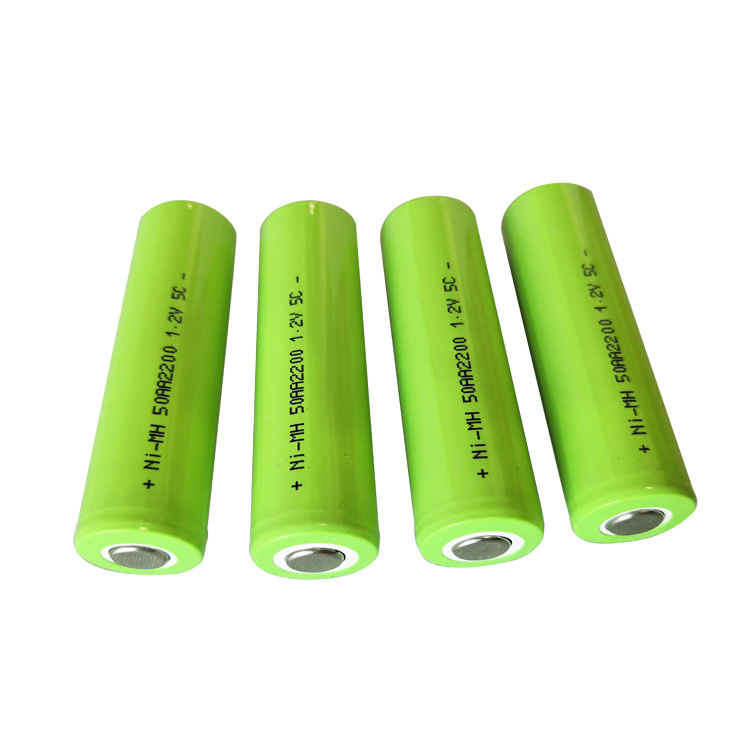Wide Temperature-Range Ni-MH Battery

Temperature has one of the greatest impacts on the charge and discharge performance of batteries. The electrode/electrolyte interface is considered the heart of the battery, and the electrochemical reactions at this interface are closely related to the ambient temperature. If the temperature drops, the reaction rate of the electrode also drops.
When NiMH batteries are charged and discharged, multiple factors must be considered: the surrounding environment of the batteries but especially battery performance and service life under extreme temperatures.
We will explore what occurs to NiMH batteries, particularly wide temperature-range NiMH batteries, when under low and high temperatures.
Wide temperature-range NiMH batteries
Wide temperature-range NiMH batteries, as their name implies, are a type of NiMH batteries with a wide working-temperature range and excellent performance at -40°C to 80°C. In other words, these batteries can operate efficiently at both low and high temperatures, and their temperature limitations are greatly reduced.
Under low temperatures
The discharge efficiency of ordinary nickel-hydrogen batteries are significantly reduced at low temperatures. At -20°C, the lye reaches its freezing point and the battery charging speed greatly diminishes. Charging at low temperatures (below 0°C) increases the internal pressure of the battery and possibly causes the safety valve to open.
In order to charge effectively, the ambient temperature range must be controlled between 5℃ to 30℃. Generally, charging efficiency increases with the rise of temperature. However, when the temperature rises above 45℃, the performance of the battery degrades, and the cycle life of the battery greatly shortens.
Under low temperatures, the viscosity of electrolyte becomes higher, the proton transfer rate inside the electrode becomes slower, and the ohmic internal resistance also increases, which leads to larger polarization of the battery during discharge. Some batteries cannot discharge at low temperatures due to large polarization.
Under high temperatures
Under high temperature, the viscosity of the electrolyte decreases, and the hydrophilic ability of various materials increases. Liquid absorption also increases, which leads to the expansion of the electrode sheet, and liquid starts to leak from poor electrical receptivity.
The following is the electrochemical principle of charging and discharging Ni-MH batteries with KOH as the electrolyte (7moL/LKOH+15g/LLiOH).
Charge
Positive Pole: Ni(OH)2+OH-→NiOOH+H2O+e-
Negative Pole: M+H2O+e-→MH+OH-
Total Response: M+Ni(OH)2→MH+NiOOH
Discharge
Positive Pole: NiOOH+H2O+e-→Ni(OH)2+OH-
Negative Pole: MH+OH-→M+H2O+e-
Total Response: MH+NiOOH→M+Ni(OH)2
In the above formula, M is the hydrogen storage alloy and MH is the hydrogen storage alloy with adsorbed hydrogen atoms. The most commonly used hydrogen storage alloy is LaNi5.
Characteristics of a wide temperature-range Ni-MH battery
The following are a couple of the characteristics of a Grepow’s wide temperature-range Ni-MH battery:
The charging and discharging efficiency of 0.2C at -40℃ can reach 80%
The charging and discharging efficiency of 0.2C at 80℃ can reach 85%
Ni-MH battery technology has been tried, tested and proven for commercial and industrial applications especially in automotive batteries and outdoor power supplies in high and cold temperatures. Its safety and reliability are unparalleled in the market.
Grepow Inc. offers a variety of Ni-MH batteries with a wide temperature range. These batteries provide new electrode-development technologies that can achieve a long life, and they have good usability and stability with compatible sizes.


